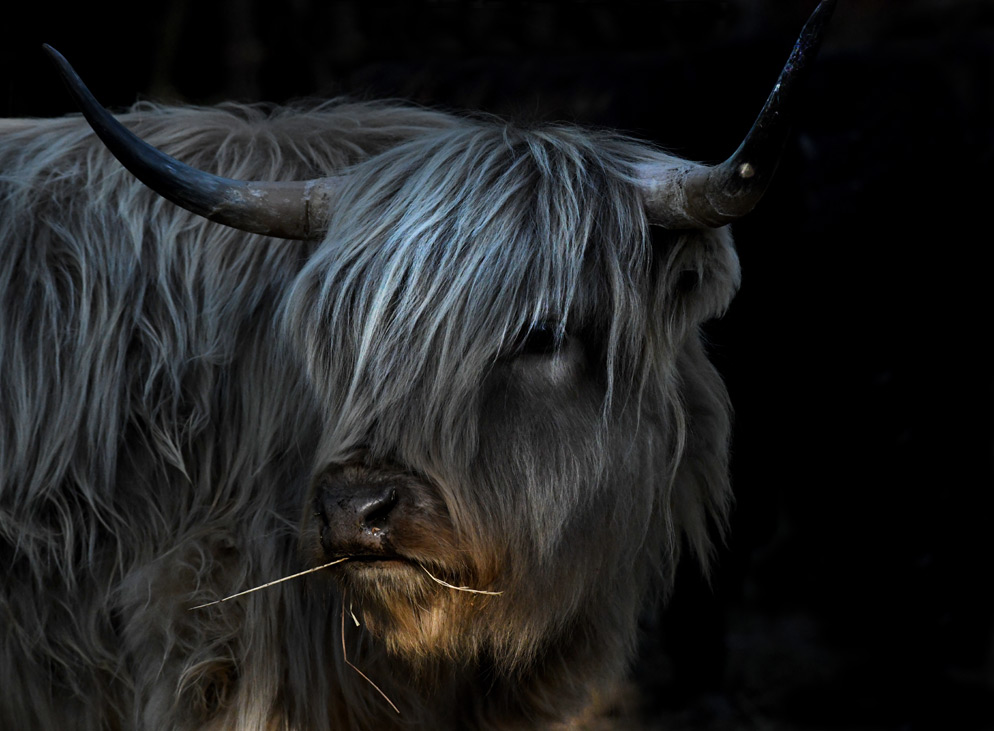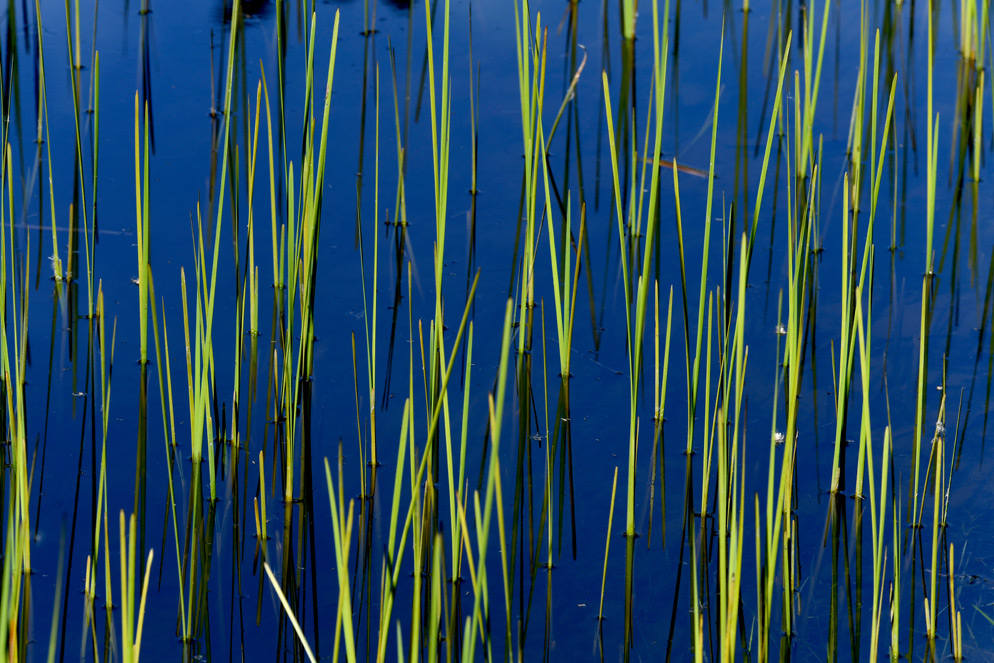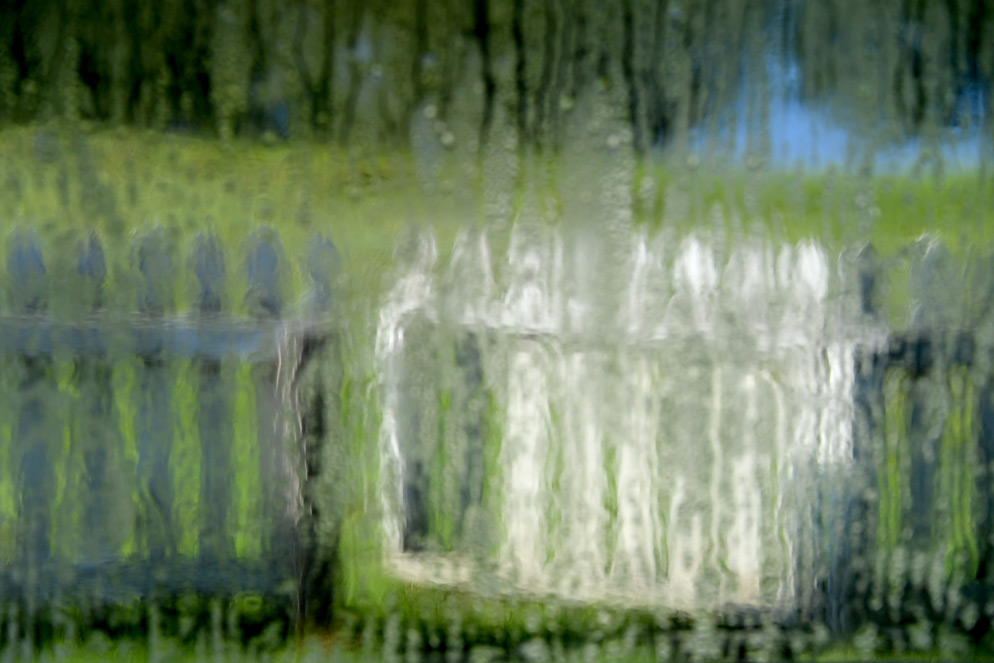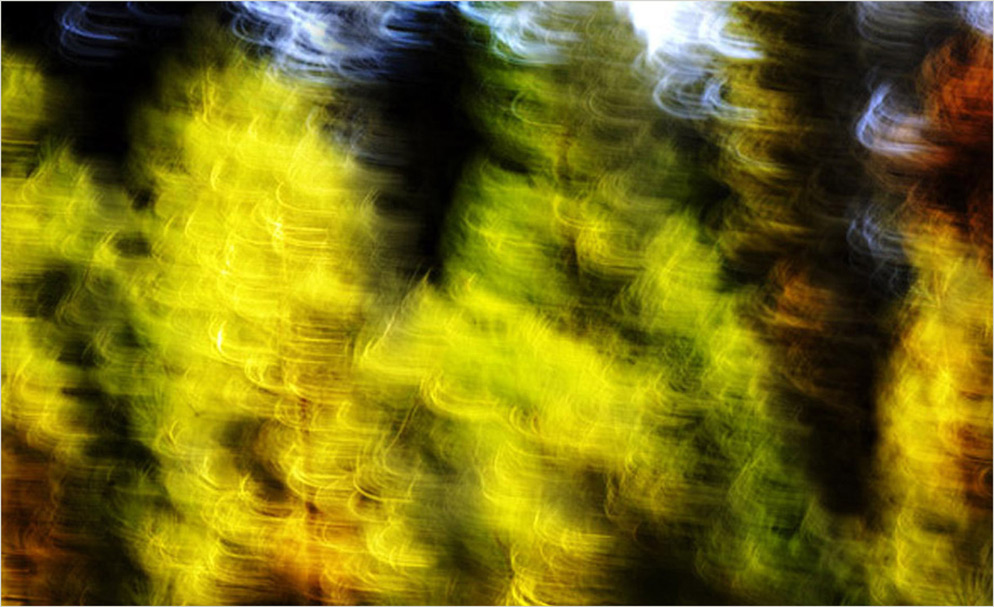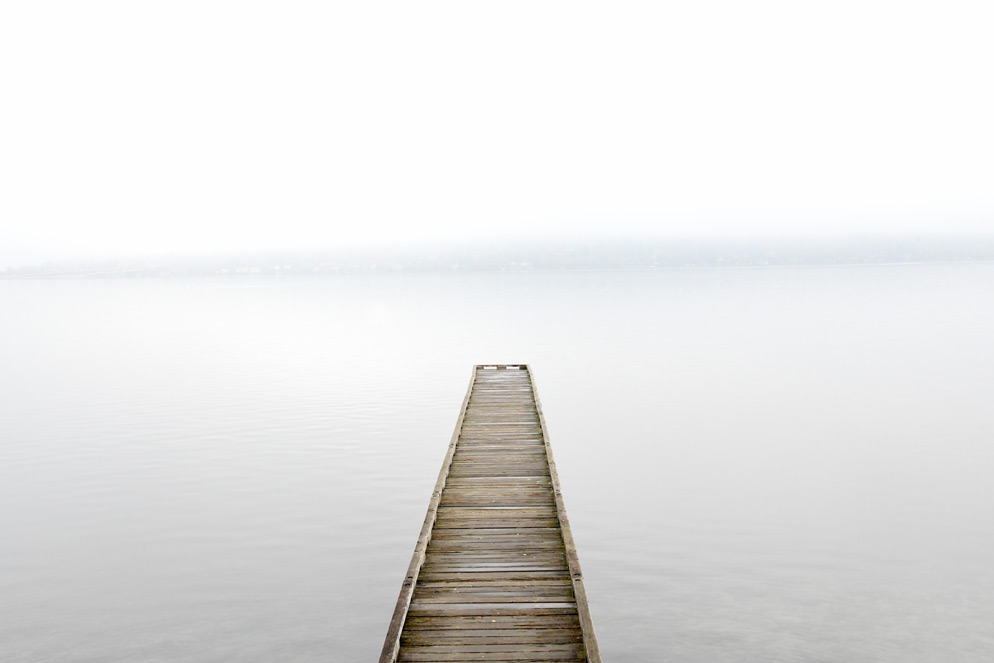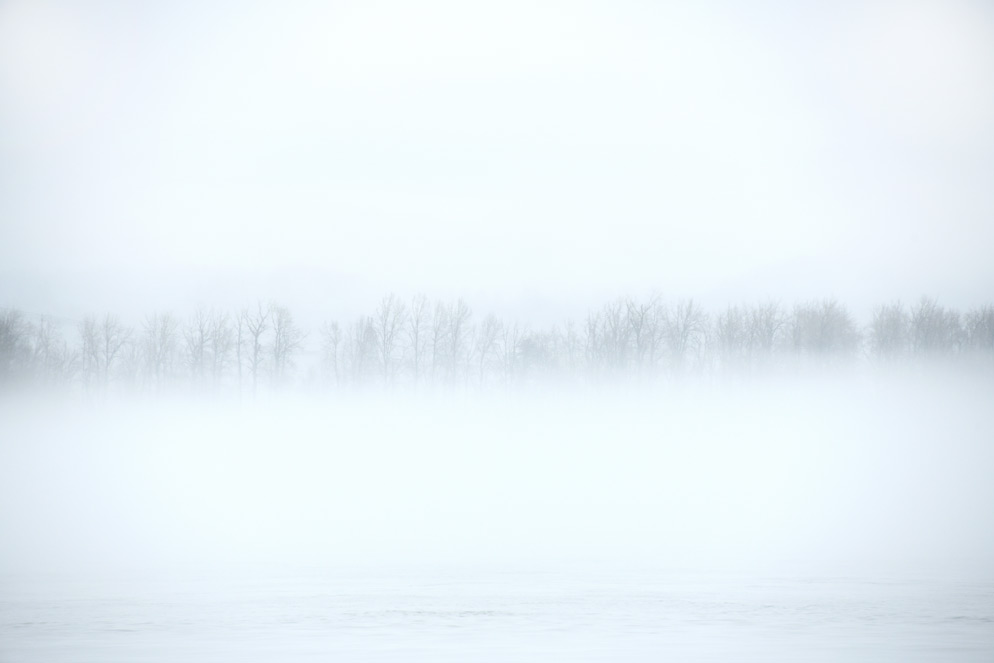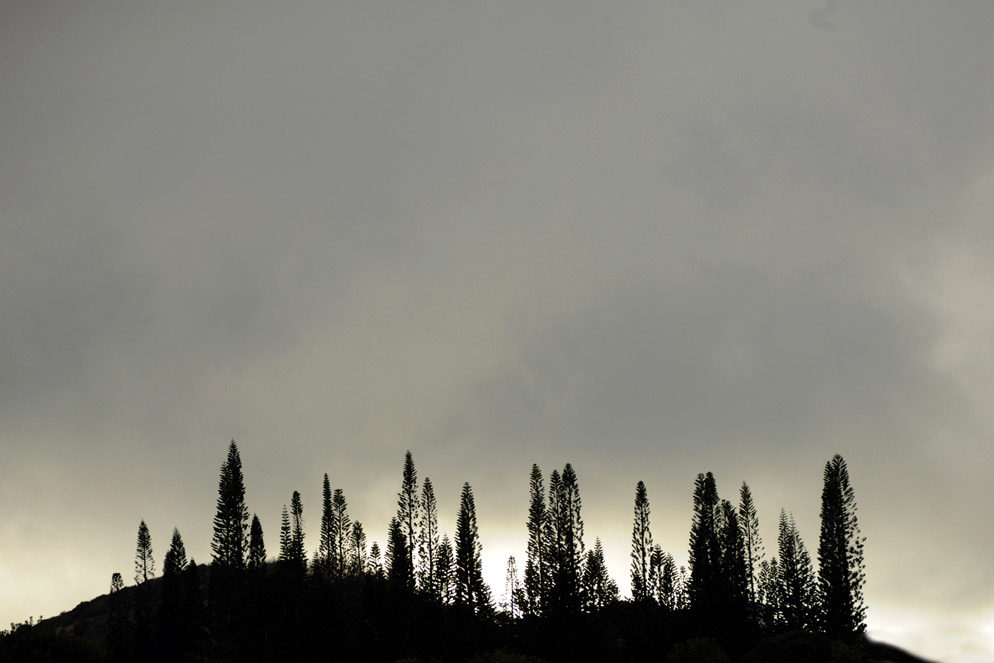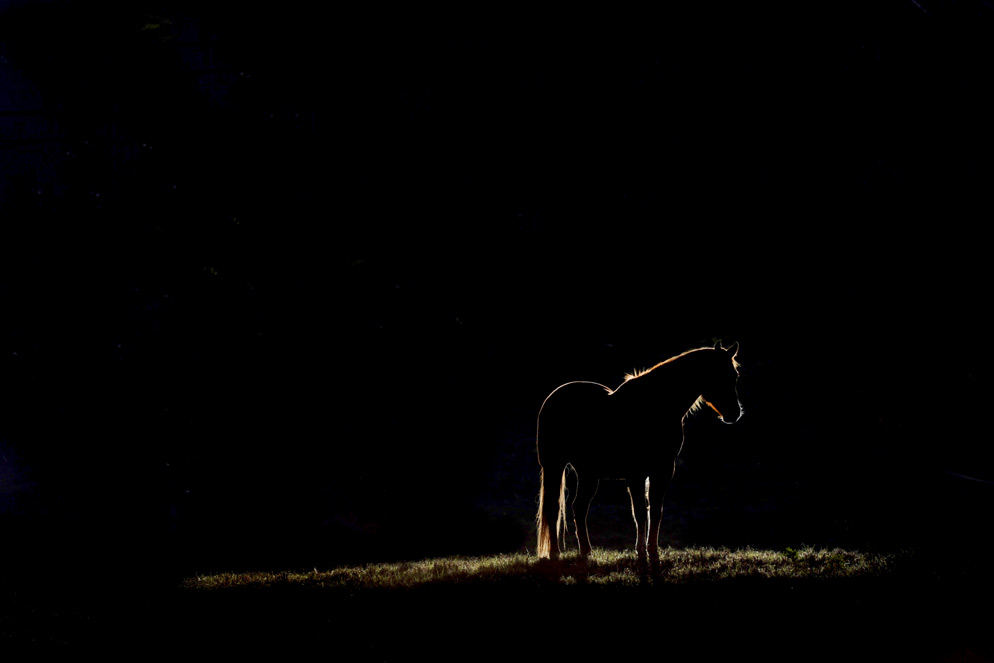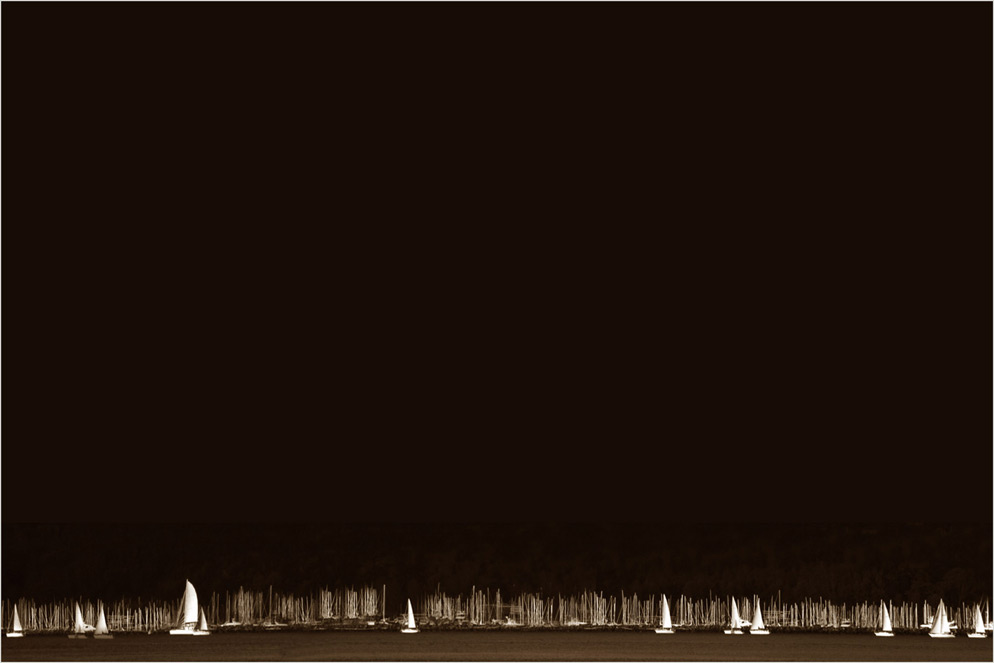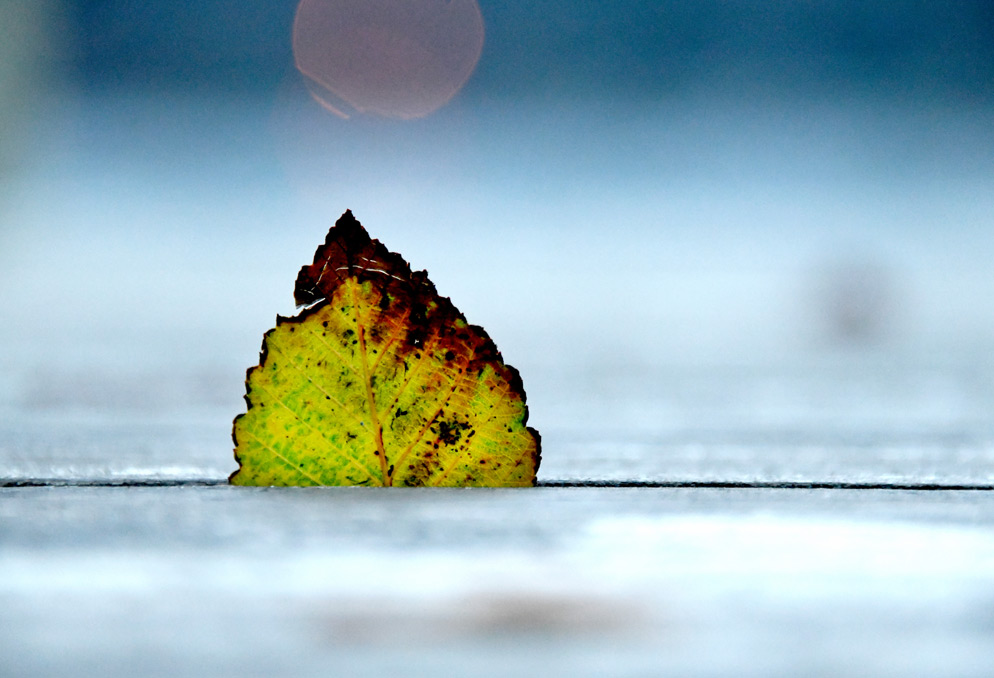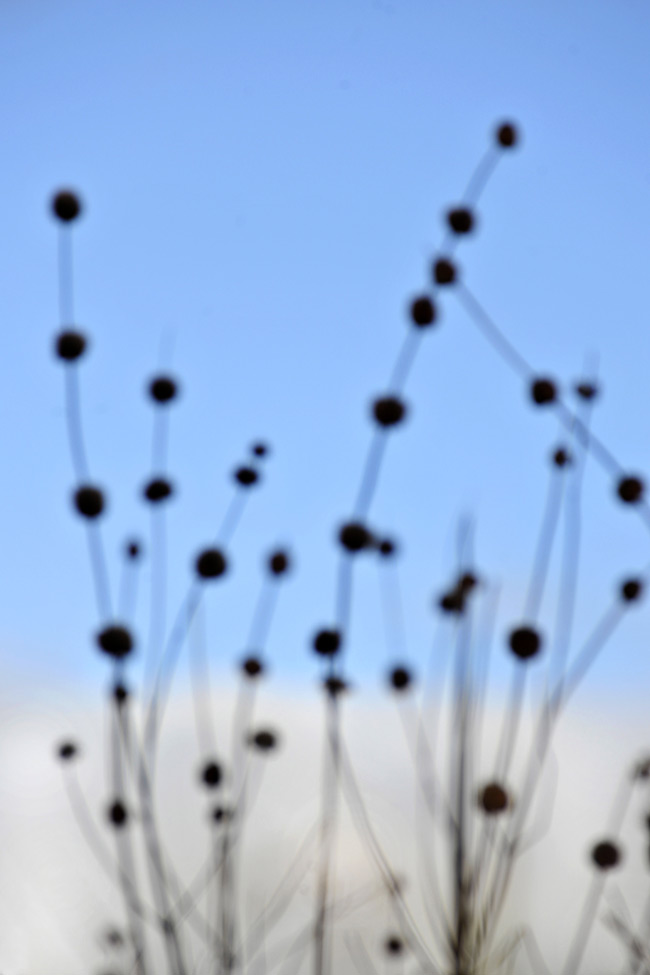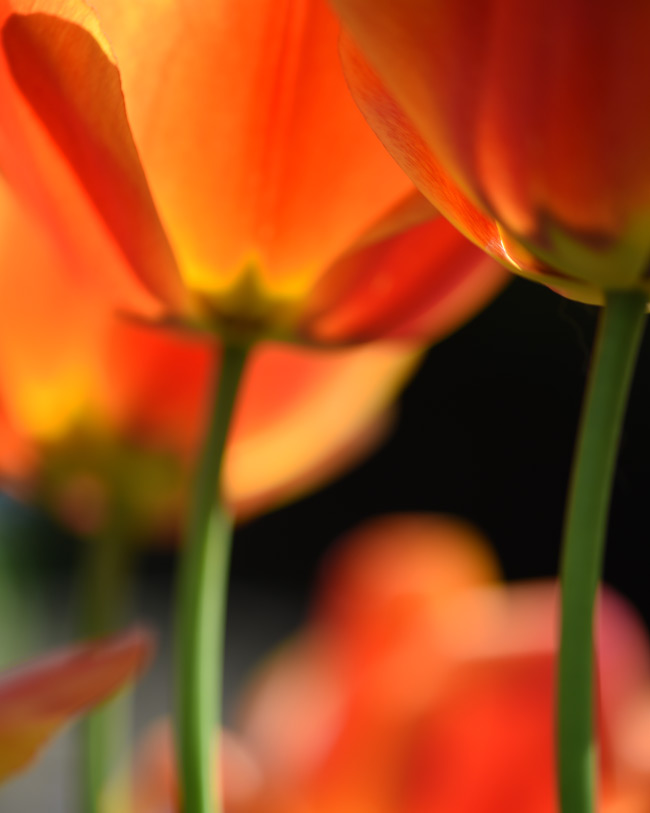Right From the Start: Robin Layton's Road to Fine Art Photography
There are two things you take away from a talk with Nikon Ambassador Robin Layton: a sense of her abiding confidence that her skills, creativity and imagination will carry the day no matter what field of photographic endeavor she stakes out for herself; and the belief that her experience as a photojournalist prepared her for whatever challenges that day brings. Maybe it's just a matter of what you start with, you stay with. Robin started with self-confidence, then learned the skills photojournalism demands.
First Things First
"I knew at the age of 15 what I wanted to do," Robin says. She saw it in the pages of National Geographic: a photo of the sun silhouetting giraffes in Africa. She remembers telling her mother, "I'd love to take pictures like this," and her mom replying, "You know, you can do that for a living."And as luck, coincidence or fate would have it, she soon got a bit of advice from legendary National Geographic photographer David Alan Harvey, who suggested she go to the school that had what he considered the number one photojournalism program in the country: Ohio University. Robin applied during her senior year in high school, got in, graduated and moved right on to...well, not National Geographic, but newspaper photojournalism, where for 16 years she worked as a full-time staff photographer for five different newspapers.
"My photojournalism background will never leave me," she says. "It's always going to be part of my shooting; it's a priceless experience. Every day I had to produce high-level pictures, in any given light, and it had to be quick."
That foundation, and the resourcefulness to apply it, has been there throughout a career in which she's moved from photojournalism to portraits, high-end weddings, book projects and, currently, fine-art, multi-media and video production.
"I've always had this inner voice," she says, and when the voice announced that it was time for a change, Robin was ready to move on. "All of us have it," she says of the voice, "but a lot don't listen." But she did. After 16 years, she was done with newspapers. It was time for something different.
Next Chapters
During her newspaper years, Robin had done some freelancing—"it was allowed"—so with photojournalism behind her she turned to freelancing as a wedding and portrait photographer, and she stayed with that until it was time for another change, one that took longer to commit to.
"I was at a friend's house," Robin says, "and I saw this old window and it had a photograph in it, and I thought, Wow, wouldn't it be cool to be a full-time artist and just create pieces from found objects [and] from my photography?" It was a big dream—so big that she postponed its pursuit. "I thought, Who gets to wake up every day and create art?"
But her doubts were dispelled when her mother became ill and Robin realized that life wasn't for waiting, it was for doing, and the dream of being an artist wasn't too big after all.
She began by creating pop-up art exhibits, which did well. Then a connection she'd made during her photojournalism days commissioned her to create fine-art photography and, as Robin says, "it all just took off."
Today she is what she dreamed of being—a full-time artist, creating still images, videos and art installations for residential and commercial clients.
Throughout her career, she's been aware that despite a solid grounding in the basics of the craft, not much of her success has to do with the technical aspects of photography. "It's all feeling," she says. "I shoot with my heart."
And her head. Satisfying clients involves collaboration, context and creative freedom within guidelines. She'll often be given a theme for a commercial assignment and then meet with designers, architects and developers. "Sometimes there's ten of us in a room talking about [the project], and it's a total collaboration." Other times location and even found objects will come into play. "I do a lot of antique hunting—a favorite thing is to combine found objects with my videos and stills."
For one commission, she simply saw that "this building needs art" and that's what happened. In another instance a commercial client simply said, "We want a northwest feel," and it was up to Robin to interpret "feel" and create images that expressed it. Her work can be visually literal or highly impressionistic, but the goal, she says, "is to catch the feeling, the energy of things. Even when you're given the subject matter, I think you have to shoot for yourself."
And the client's reaction? "If I love it, they usually love it," Robin says.
An impressionistic image shot on a Seattle street for a client's commission. "Sometimes a subject calls out for a different look, and these tulips did. Often the picture tells me what it wants to be." D4S, AF Micro-Nikkor 105mm f/2.8D, 1/1000 second, ISO 250, manual exposure, Matrix metering.

